
By Maj. Gen. (Retired) P K Chakravorty, VSM
Introduction
Cruise missiles came into prominence after their extensive use by the United States in the first Gulf War. They are precise weapons, designed for use against land and sea targets and are launched from land, air, sea and underwater by submarines. Most of these cruise missiles are guided by Inertial Navigation systems (INS) in combination with GPS/ GLONASS. There are other guidance systems which comprise of Terrain Contour Matching System, Digital Scene Matching Area Correlation (DSMAC) and have seekers with an active radar, anti radiation (passive radar), Infra Red (IR), Imaging Infra Red (IIR) and Autonomous Target Acquisition (ATA). Cruise missiles fly at varying altitudes starting from about 300 feet but there are missiles which fly at heights of 15 km above the ground or sea, thereby making their detection and interception very complex. Further cruise missiles are much smaller and simpler in design than manned aircrafts, possess smaller Radar Cross Sections (RCS) and emit comparatively less heat from their small jet engines making their engagement by heat seeking sensors extremely difficult. The complex task of detecting and
Intercepting cruise missiles have led countries like the United States to possibly conceptualise four strategies. First of all is the denial of access to technologies through a non proliferation regime, the second is by pre-emptive attacks against deployed systems, third is passive defence against the impacts of a cruise missile attack and the fourth is construction of a robust active defence.
Analysing these strategies leads us to conclusive evidence that the first three would not work out and only the fourth, pertaining to active missile defence would be workable.
Active Cruise Missile Defence
Engagement of a Cruise missile is similar to any aerial object and would entail the process of detection, tracking, interceptors to destroy the attacking missile, seamless communications and the ability to asses and manage the consequences of a cruise missile attack.
The most difficult part is that of detection and tracking the cruise missile. The missile flies at extremely low altitudes which make detection by satellites even in Low Earth Orbit (LEO) extremely difficult. Satellites are now graduating to usage of Synthetic Aperture Radar but even these would not be in a position to detect and track these weapon systems. Obviously the systems would have to be low elevated systems which avoid ground clutter. The figure given below indicates problems of detection by satellites. 
The next aspect pertains to Radar Cross Section (RCS). The state of art cruise missiles are currently made of composites and their shapes are tailored to reduce Radar Cross Section (RCS). With low RCS it is very difficult for radars to indicate the presence of these missiles. The figures given below elucidate this aspect. The cruise missiles are constructed to produce low RCS, thereby making it difficult to be detected by radars.
In such an eventuality the best possible detection would by the AWACs or Aerostats as also the US naval Aegis system which is capable of sighting objects Over the Horizon. In the figure shown below Joint Land Attack Cruise Missile Defence Elevated Sensor (JLENS) which is used for detection and tracking of a cruise missile. The point to note is these are mounted on Aerostats whose survivability during hostilities is debatable as they are vulnerable to all types of Firepower systems which are within range.
The interceptors to be used are combat aircrafts, ship borne defence systems and the Patriot PAC-3 missile defence system. All fighter aircrafts which can use the active radar homing air to air missile (AMRAAM) with a range of 110 km would be effective in interception. There is also a ground based system for interception being developed known as the Surface Launched Advanced Medium Range Air to Air missile (SLAMRAAM).
These systems would be effective against missiles within their Area of Influence. However Cruise Missiles follow varying altitudes and paths which may not be covered by this detection and tracking system.
Applicability to BRAHMOS
The BrahMos cruise missile is a force multiplier which has been successfully inducted in the Indian Army and Indian Navy. The 3.9 ton, 8.4 metre long missile can fly as low as 10 metres and normally flies at an altitude of 15 km above the surface and has a range of 290 km which is attained at a speed of 2.8 Mach. The missile presents a very small RCS and is capable of performing its journey through way points. Recently the missile has attained a steep dive capability which enables it to be deployed in mountainous areas to engage targets on reverse slope. The missile is being developed to be fired from an aircraft and a submarine. Further efforts are being made to reach hypersonic speeds with the missile in the short term to reach speed of Mach 5. Currently the missile is four times faster than the American Tomahawk and three times the speed of the American Harpoon or the French Exocet cruise missiles. Possibly no cruise missile has the versatility of the BrahMos.
The obvious question is the countering of this missile. The weapon system is on a mobile automatic launcher, ship, submarine and an aircraft. All these are mobile objects and as the missile is stored in a canister, the missile can be launched instantaneously without additional preparations. To counter BrahMos the missile needs to be detected, tracked and finally destroyed. Detection of the missile is difficult due to its small RCS and low flight path tracking is difficult due to its supersonic speed and its capability of moving to the target by way points and destruction is possible only when the missile is locked on to the interceptor which would be difficult in the absence of detection and tracking. Trials done in USA have so far been against sub sonic cruise missiles. The JLENA system with Aerostats carrying radars for detection and tracking would not be workable against the BRAHMOS cruise missile.
Conclusion
Anti Cruise Missile Defence in its present form would definitely be effective against sub sonic cruise missiles. These missiles are easier to detect and track due to their slow speed. Versatility of missiles like BrahMos which can be launched from Air, Land, Sea and sub surface with supersonic speed make them difficult to counter with present detection, tracking and interception means.
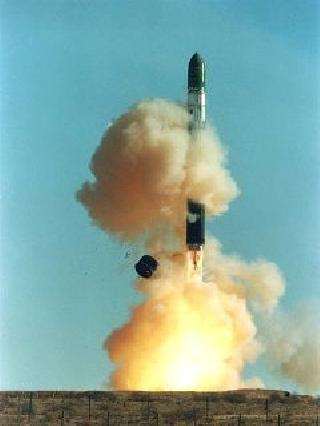 Previous Article
Previous Article Next Article
Next Article
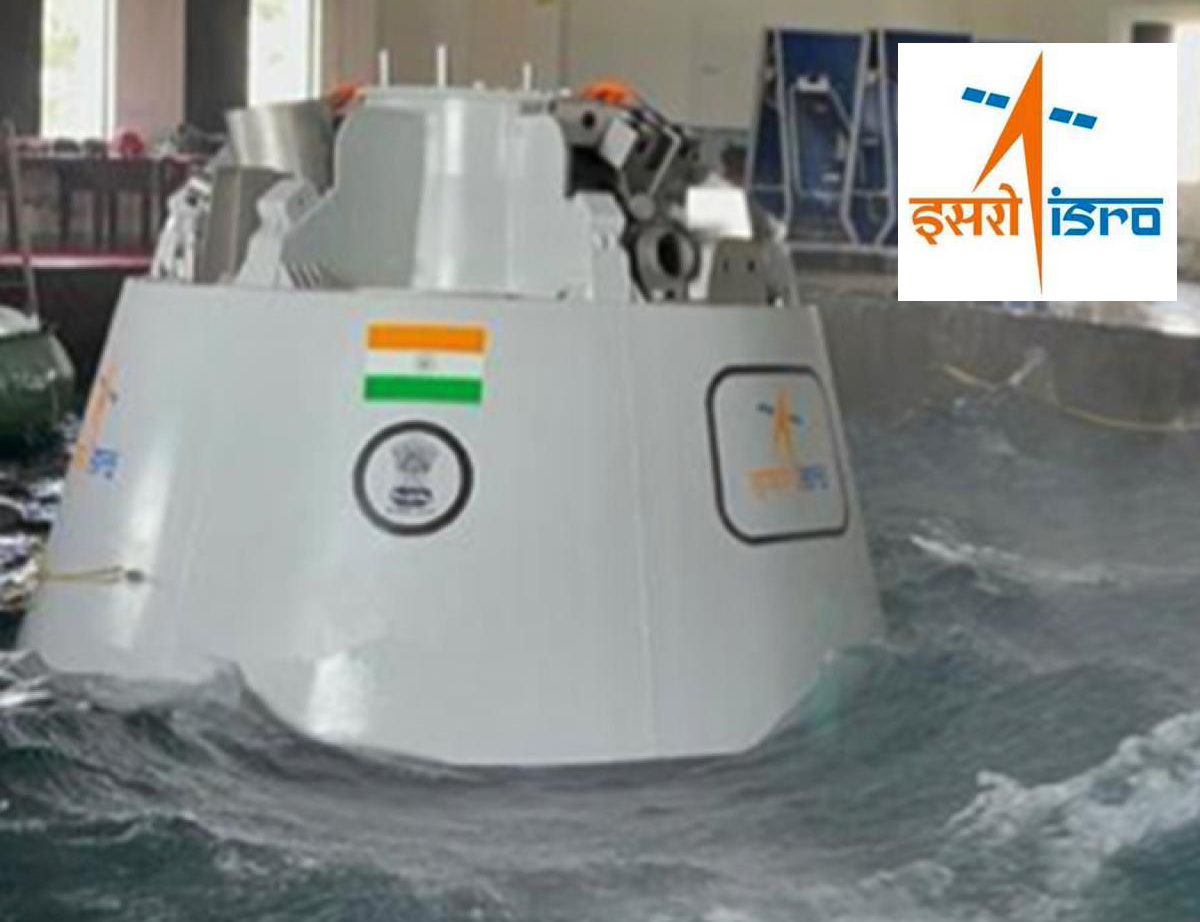
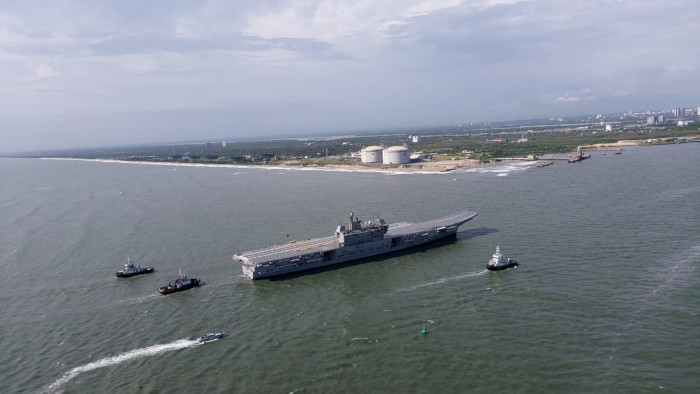
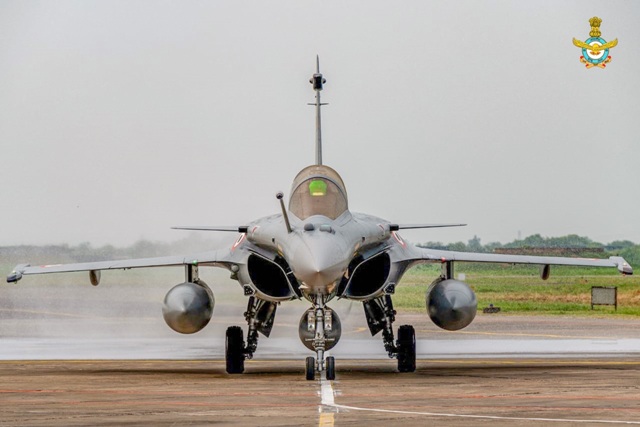


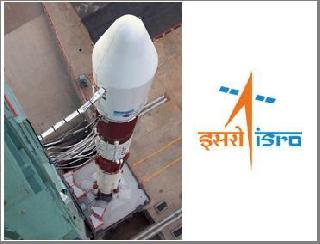
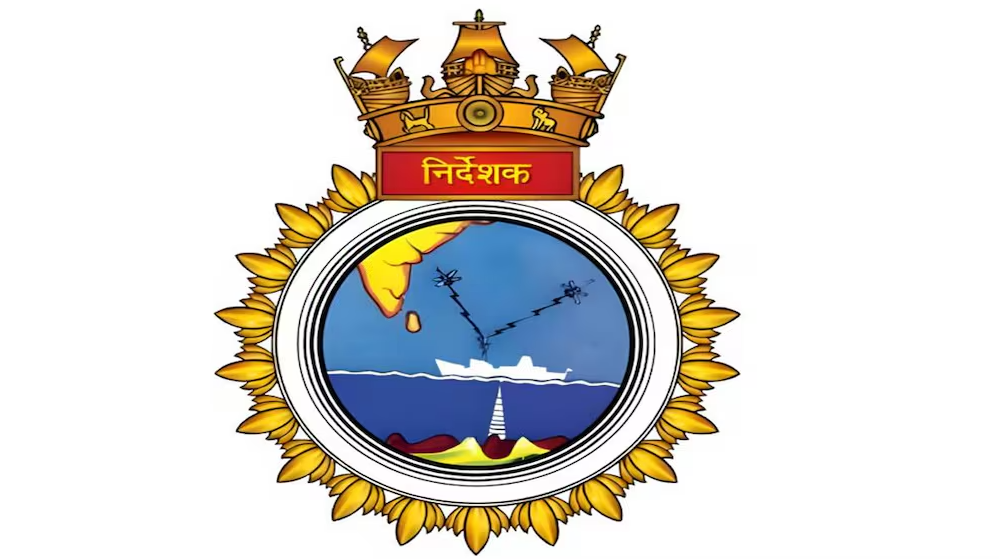






The Indian Air Force, in its flight trials evaluation report submitted before the Defence Ministry l..
view articleAn insight into the Medium Multi-Role Combat Aircraft competition...
view articleSky enthusiasts can now spot the International Space Station (ISS) commanded by Indian-American astr..
view article